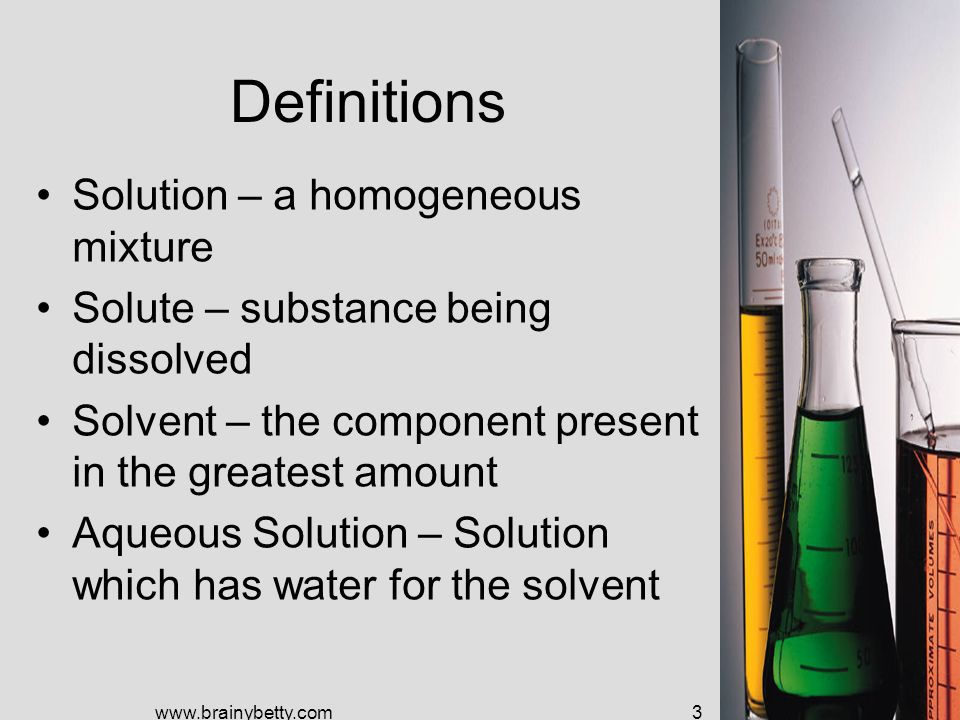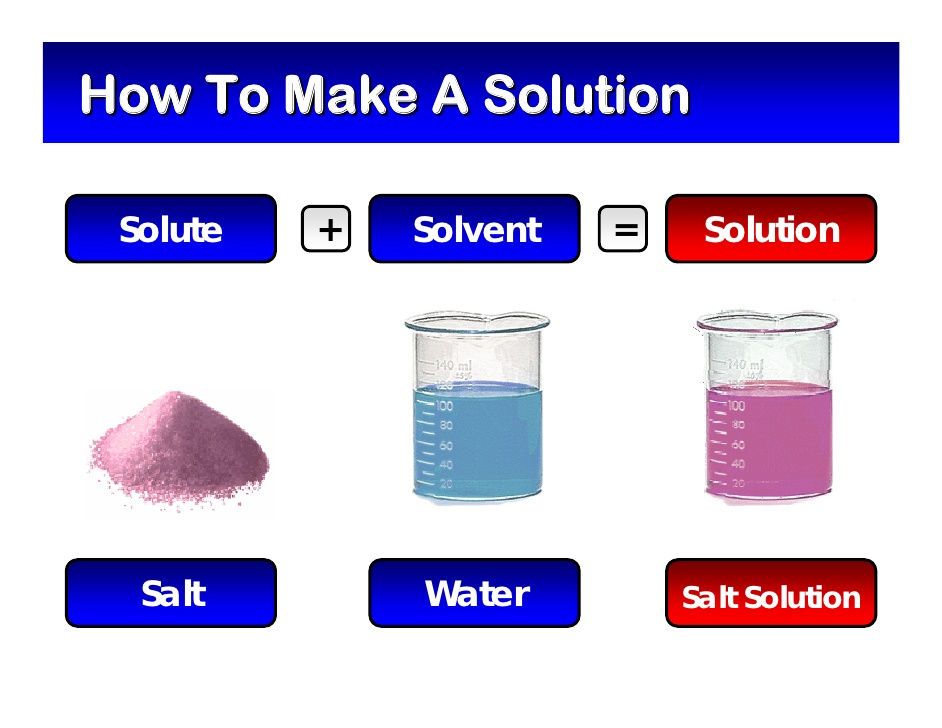
grade 7
all matter is made of chemicals
-
the periodic table of the elements is the shopping list for the universe.
-
Individual elements are atoms.
-
Each element is made up of only one type of atom.
-
For example, gold is an element found in the Periodic table.
-
It is made only of gold atoms and nothing else.
-
all matter in the universe is made up of elements or a combination of elements derived from the Periodic table.

everyday materials are often mixtures
there are two types of mixtures


looks can be deceiving

heterogenous

for example blood looks homogeneous, but it's really heterogeneous

milk looks homogeneous, but it's really hetrogeneous

heterogenous

looks homogeneous
look at all the fat molecules!
The screws and washers in the background are not chemically combined, Therefore what you are looking at is a heterogenous mixture.


a solution of salt water is homogeneous because the salt and water are chemically combined





Describe your image

can you give examples of heterogeneous and homogeneous mixtures?
that you might find in your home?







Test the pH of various substances in your kitchen, and be wowed by the amazing changing colours of cabbage juice!
A useful way to make sense of all of the chemicals around us is to find out whether they are acids, bases, or neutral.
Acids and bases are opposite like hot and cold; neutral means neither or in-between.
Acids create hydronium ions when in contact with water and have a sour taste. Lemon juice and vinegar are both acids. Bases release (or create) hydroxide ions in water and taste bitter. Many soaps and cleaning products are bases. When hydroxide ions and hydronum ions combine, they create water again which is neutral.
Cabbage juice contains a special molecule called anthocyanin ( an organic compound called a flavin), which gives red cabbage its colour. Anthocyanin is also found in blueberries, grapes and lots of other plants. When anthocyanin comes in contact with the hydronium ions in an acid it turns pink, and when it comes in contact with the hydroxide ions in a base it turns blue or green.
We refer to cabbage juice as a pH indicator because it can tell us if a substance is acidic or basic by changing colour. Other pH indicators are litmus paper and phenolphthalein.
Vocabulary:
-
Acid: Acids create H3O+ ions when in contact with water (for simplicity sometimes called H+). The term comes from the Latin word acidus that means “sharp” or “sour”. Some properties of acids are that they taste sour, react with metal, change the colour of litmus paper from blue to red, and have a low pH (0 – 7). Examples of acids are vinegar and lemon juice.
-
Base: A compound that produces OH- ions when in contact with water. Another word for base is alkali. Some basic properties of bases are that they can be used as household cleaners, turn red litmus paper blue, and have a high pH (7 – 14). Some examples of bases are ammonia and baking soda.
-
Indicator: A substance that indicates the degree of acidity or alkalinity of a solution through characteristic colour changes.